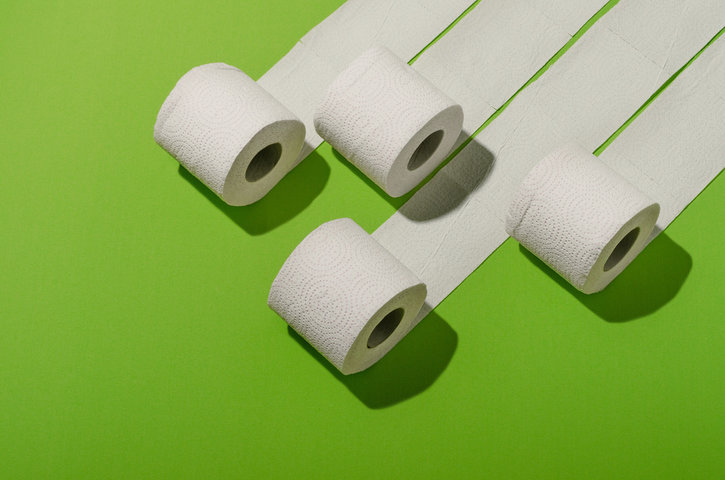
Have you ever wondered about the exact girth of a toilet paper roll? While it might seem trivial, this measurement plays a crucial role in ensuring your toilet paper fits standard dispensers, lasts longer, and meets consumer expectations. Understanding the girth—also known as the circumference—of a toilet paper roll is essential for both everyday use and large-scale manufacturing.
In this post, we’ll break down what girth means in the context of toilet paper rolls, why it matters, and how to measure it accurately. Whether you’re a consumer looking for the perfect fit or a manufacturer
What is Girth in the Context of Toilet Paper Rolls?
When buying toilet paper, most people focus on softness or ply count. But have you ever considered the girth of a toilet paper roll? This often-overlooked measurement plays a vital role in how the roll fits dispensers, how long it lasts, and how easily it can be handled. Let’s break down what girth means and why it matters.
What Does Girth Mean in Toilet Paper Rolls?
Girth, in simple terms, is the total distance around the outer edge of a toilet paper roll. It’s measured by wrapping a flexible tape around the roll’s circumference. This number varies depending on factors like the roll’s diameter, the thickness of the paper, and the number of sheets.
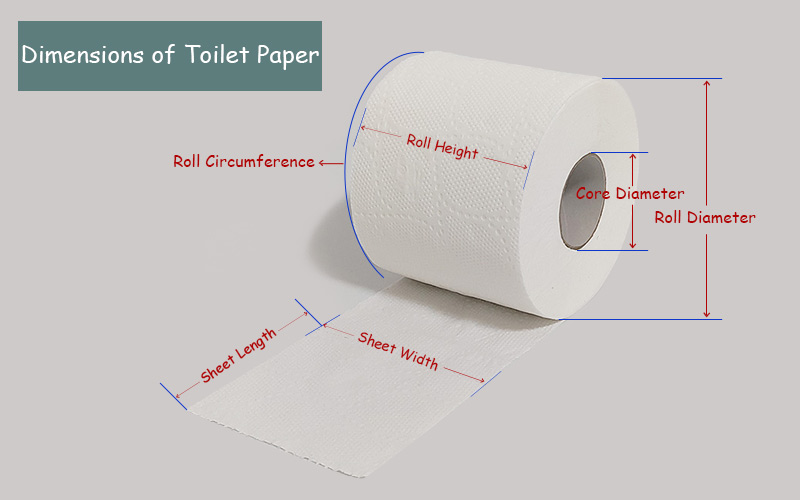
How Is Girth Different from Diameter and Width?
Many confuse girth with other roll dimensions. Here’s a quick comparison:
| Measurement | Definition | How to Measure |
| Girth (Circumference) | The total outer measurement around the roll | Wrap a tape measure around the roll |
| Diameter | The straight-line distance across the roll | Measure from one side to the other through the center |
| Width | The side-to-side measurement of the roll when standing upright | Measure the roll from edge to edge |
Why Does the Girth of a Toilet Paper Roll Matter?
Girth isn’t just a technical measurement—it affects how toilet paper is stored, dispensed, and used.
1. Dispenser Compatibility
Not all toilet paper rolls fit standard dispensers. If the girth is too large, the roll might not spin properly. If it’s too small, it might not stay secure in certain holders. Home users need a roll that fits comfortably in household dispensers, while commercial dispensers often require specific girth sizes.
2. Storage and Shipping Considerations
For manufacturers and retailers, girth affects how many rolls fit in a package. Larger girths mean fewer rolls per case, increasing storage space and shipping costs. Bulk buyers, such as hotels and offices, must consider girth when planning storage space.
3. Consumer Convenience
A roll with a well-balanced girth is easier to handle. Rolls with extreme girth variations may be difficult to mount or tear from. Also, girth affects how frequently you need to replace a roll—larger girths generally mean longer-lasting rolls, but they might not always fit your dispenser.
Measuring the Girth of a Toilet Paper Roll
Measuring the girth of a toilet paper roll isn’t complicated, but doing it right ensures accuracy. Whether you're a consumer checking dispenser fit or a manufacturer ensuring consistency, knowing the proper method makes all the difference.
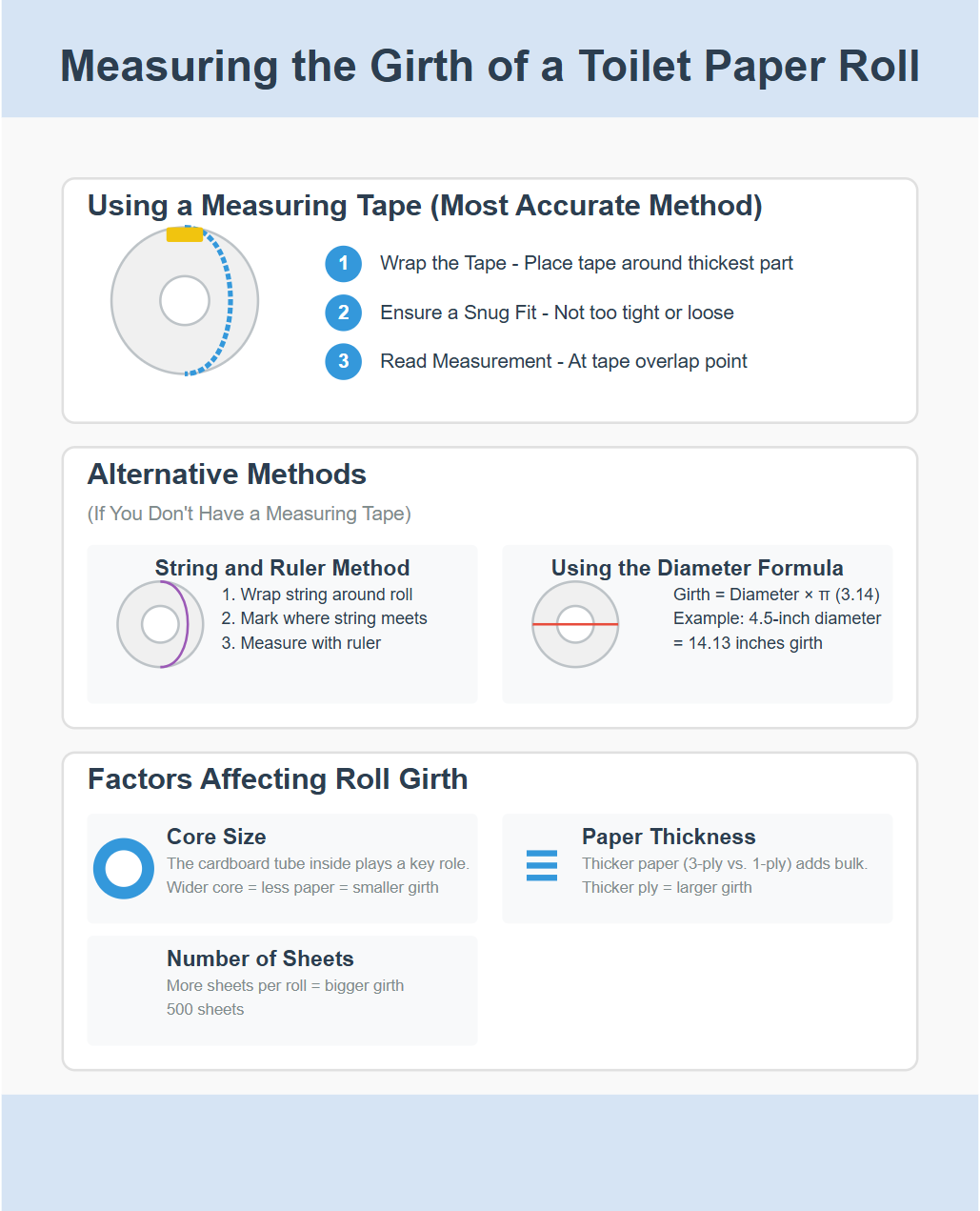
How to Accurately Measure the Girth of a Toilet Paper Roll
Using a Measuring Tape (The Most Accurate Method)
A flexible measuring tape gives the best results. Follow these steps:
Wrap the Tape – Place the measuring tape around the thickest part of the roll.
Ensure a Snug Fit – The tape should not be too tight or too loose.
Read the Measurement – Where the tape overlaps itself is the roll’s girth.
Alternative Methods (If You Don’t Have a Measuring Tape)
String and Ruler Method
Wrap a piece of string around the roll.
Mark or cut where the string meets.
Lay it flat and measure with a ruler.
Using the Diameter Formula
If you know the roll’s diameter, use this simple formula:
Girth (Circumference) = Diameter × π (3.14)
Example: A roll with a 4.5-inch diameter has a girth of approximately 14.13 inches.
Factors Affecting the Girth of a Toilet Paper Roll
Core Size
The cardboard tube inside the roll plays a role. A wider core means less paper is wrapped, reducing girth. A smaller core allows more paper, increasing it.
Paper Thickness
Thicker toilet paper (e.g., 3-ply vs. 1-ply) adds bulk. Even with the same sheet count, a thicker ply results in a larger girth.
Number of Sheets
The more sheets per roll, the bigger the girth. A roll with 500 sheets has a smaller girth than one with 1,000 sheets, assuming the same ply.
Compression During Packaging
Manufacturers sometimes compress rolls to save space. A roll that appears smaller in a package may expand once opened, affecting its true girth.
Common Girth Measurements for Toilet Paper Rolls
Not all toilet paper rolls are the same size. Some fit standard home dispensers, while others are designed for high-traffic restrooms. Knowing the typical girth of different rolls helps ensure you get the right fit for your needs.
Standard Girth Sizes for Household Toilet Paper Rolls
Most household toilet paper rolls fall within a specific range, though brand differences exist. Here’s how some of the most popular brands compare:
| Brand | Diameter (inches) | Girth (Circumference) (inches) |
| Charmin | 5.0 | 15.7 |
| Scott | 4.5 | 14.1 |
| Cottonelle | 4.6 | 14.5 |
| Angel Soft | 4.5 | 14.1 |
Household vs. Jumbo Rolls
Household rolls are designed to fit standard dispensers and typically have a girth between 14 to 16 inches.
Jumbo rolls used in commercial settings can have a girth 20 inches or more, making them incompatible with most home dispensers.
Girth of Jumbo and Commercial Toilet Paper Rolls
Public restrooms, offices, and industrial spaces use larger rolls to minimize replacements. These rolls have a significantly greater girth than household versions.
| Type of Roll | Diameter (inches) | Girth (Circumference) (inches) |
| Standard Commercial | 9.0 | 28.3 |
| Jumbo Roll | 12.0 | 37.7 |
| Super Jumbo Roll | 13.5 | 42.4 |
Why Girth Matters in Bulk Purchases
Storage Space: Larger girth means fewer rolls fit in the same storage area.
Usage Efficiency: High-girth rolls last longer but may require special dispensers.
Shipping Costs: Bigger rolls take up more space, impacting bulk shipping efficiency.
Girth Variations by Brand and Country
Toilet paper rolls may look similar, but their girth varies depending on the brand and country. Some brands produce larger rolls to reduce replacements, while others prioritize fitting standard dispensers. Regional differences in toilet paper preferences and dispenser sizes also affect roll girth.
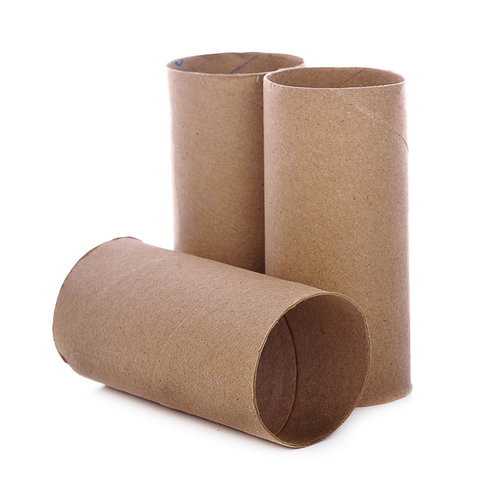
Do Different Brands Have Different Girth Sizes?
Yes, toilet paper brands don’t follow a universal girth standard. Variations in core size, paper thickness, and sheet count all impact the final circumference of a roll. Below is a comparison of some well-known brands:
| Brand | Diameter (inches) | Girth (Circumference) (inches) | Notes |
| Charmin | 5.0 | 15.7 | Extra soft, thick plies |
| Scott | 4.5 | 14.1 | Thinner but longer-lasting |
| Cottonelle | 4.6 | 14.5 | Textured for better absorption |
| Angel Soft | 4.5 | 14.1 | Balanced between softness and durability |
1. How Core Size and Paper Thickness Impact Girth
Core Size: A larger cardboard tube reduces the amount of paper wound around it, decreasing the overall girth. Some eco-friendly brands use smaller cores to maximize paper usage.
Paper Thickness: A thicker, multi-ply paper creates a bulkier roll, increasing girth even when the sheet count remains the same.
2. Consumer Preferences: Softness vs. Roll Longevity
Soft, Plush Rolls: Brands like Charmin prioritize comfort with extra-thick plies, resulting in a larger girth.
Economical, Thin Rolls: Brands like Scott focus on maximizing sheet count with thinner paper, making their rolls more compact in girth.
Are Girth Measurements the Same Worldwide?
No, toilet paper roll sizes differ across countries. Cultural preferences, dispenser designs, and manufacturing standards all play a role in determining the girth of toilet paper rolls in different regions.
| Region | Standard Roll Diameter (inches) | Girth (Circumference) (inches) | Notable Differences |
| United States | 4.5 - 5.0 | 14.1 - 15.7 | Larger rolls preferred for home use |
| Europe | 3.9 - 4.7 | 12.2 - 14.8 | Smaller, denser rolls common |
| Australia | 3.9 - 4.5 | 12.2 - 14.1 | Compact rolls to fit universal holders |
| Asia | 3.5 - 4.3 | 11.0 - 13.5 | Slimmer rolls for space efficiency |
1. How Dispenser Design Affects Roll Girth Globally
U.S. and Canada: Dispensers accommodate larger, long-lasting rolls to reduce the frequency of changing them.
Europe and Asia: Smaller dispensers require compact rolls with reduced girth, optimizing space efficiency.
2. Cultural Preferences and Their Influence on Toilet Paper Girth
Luxury vs. Practicality: Some countries prioritize ultra-soft, thick toilet paper, while others prefer economical, high-sheet-count options.
Environmental Considerations: Certain regions favor smaller girths and coreless rolls to minimize waste and packaging.
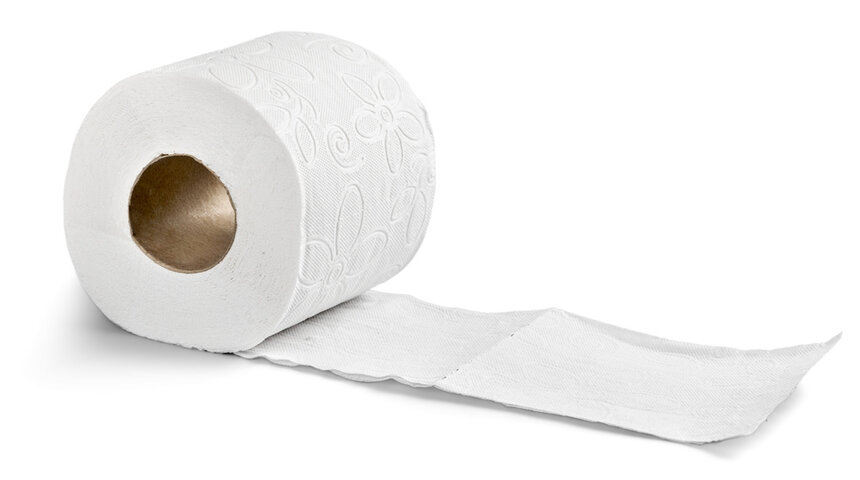
The Role of Girth in Toilet Paper Roll Packaging
Toilet paper packaging isn't just about wrapping—it’s about maximizing space, reducing costs, and ensuring convenience for both retailers and consumers. The girth of a toilet paper roll plays a crucial role in how products are packed, stored, and displayed.
How Girth Affects Packaging and Shelf Space
Toilet paper rolls come in different sizes, and their girth directly impacts how they fit on store shelves and in packaging.
1. Display Challenges for Large-Girth Rolls
Shelf Space Usage: Rolls with a bigger girth take up more shelf space, limiting how many can be displayed at once.
Stacking Issues: Bulkier rolls are harder to stack neatly, making shelf organization more difficult for retailers.
2. Retailer Considerations for Stock and Storage
Restocking Frequency: Smaller-girth rolls allow retailers to stock more per shelf, reducing the need for frequent restocking.
Consumer Perception: Customers often perceive larger rolls as better value, but stores must balance size with available space.
Packaging Efficiency Based on Girth
Manufacturers consider girth when designing packaging to optimize transportation, storage, and consumer convenience.
1. How Manufacturers Adjust Packaging for Girth Differences
Compacting Rolls: Some brands compress rolls slightly during packaging to reduce their girth and save space.
Multi-Roll Packs: Smaller-girth rolls fit into larger multi-roll packs, increasing the number of rolls per package.
2. Girth’s Impact on Bulk Packaging and Shipping Costs
| Girth Size | Packaging Efficiency | Shipping Considerations |
| Small (≤14 in) | Fits more rolls per package | Lower shipping costs due to compact size |
| Medium (14-16 in) | Balanced packaging and efficiency | Standard for most household brands |
| Large (≥16 in) | Requires larger packaging | Higher shipping costs due to extra space |
Practical Uses of Knowing the Girth of a Toilet Paper Roll
How Girth Affects Your Home Dispensers
When it comes to toilet paper rolls, size matters—not just in terms of length, but girth as well. If your roll is too large for your dispenser, it won’t fit. Too small, and it may slide off. The girth determines whether your toilet paper will stay in place and rotate smoothly.
Guide on ensuring compatibility with standard toilet paper holders
Most home dispensers are designed to fit standard-sized toilet paper rolls, typically around 4.5 inches in diameter. However, some rolls are slightly larger, especially those marketed as "mega rolls" or "family size." Before purchasing, check the specifications of your dispenser to make sure the roll fits. For some holders, you may even need an adjustable holder or a custom-size one to accommodate larger rolls.
Tips for consumers on choosing the right roll for their dispensers
When shopping for toilet paper, it’s a good idea to measure your dispenser. If it’s adjustable, you have more flexibility. For non-adjustable ones, ensure the girth is compatible with the holder’s size. Additionally, opting for thinner rolls could save you space, while thicker ones may last longer.
How Girth Impacts Toilet Paper Roll Durability and Usability
The girth of a toilet paper roll can significantly impact both its lifespan and usability, which might influence your purchasing decisions.
The relationship between girth and roll longevity
A thicker roll typically holds more paper. So, a toilet paper roll with a larger girth could last longer before you need to replace it. Larger rolls are more efficient, as they reduce the number of replacements needed, saving you time and money in the long run.
How a larger girth may mean fewer roll replacements for consumers
Larger rolls generally contain more sheets of paper, meaning they last longer. This is particularly useful in high-traffic bathrooms, where constant usage can drain smaller rolls quickly. By choosing a roll with a larger girth, you can reduce the frequency of replacements, making maintenance more convenient.
Conclusion
Understanding toilet paper roll girth is essential for both consumers and manufacturers. It impacts dispenser compatibility, roll durability, and overall convenience. Choosing the right size ensures smoother usage and fewer replacements, benefiting both the consumer's budget and the environment.
When selecting toilet paper, consider the roll’s girth to ensure it fits your dispenser and suits your needs. By being mindful of girth, you can make more informed choices that enhance convenience, fit, and efficiency in your bathroom experience. Choose wisely and improve your daily routine today!
Frequently Asked Questions (FAQ) About Toilet Paper Roll Girth
Is the Girth of a Toilet Paper Roll Standardized?
There isn’t a universal girth size. Toilet paper rolls vary in diameter depending on brand and type, with most being around 4.5 inches.
What Happens If the Girth of a Toilet Paper Roll is Too Large?
If the roll is too large, it may not fit in your dispenser. This could cause issues like uneven dispensing, or it may not rotate properly.
How Can I Adjust My Toilet Paper Holder to Fit Larger Girth Rolls?
You can adjust the width of the holder or choose a more flexible, expandable dispenser. Alternatively, use a holder designed for jumbo rolls to accommodate larger girths.





























